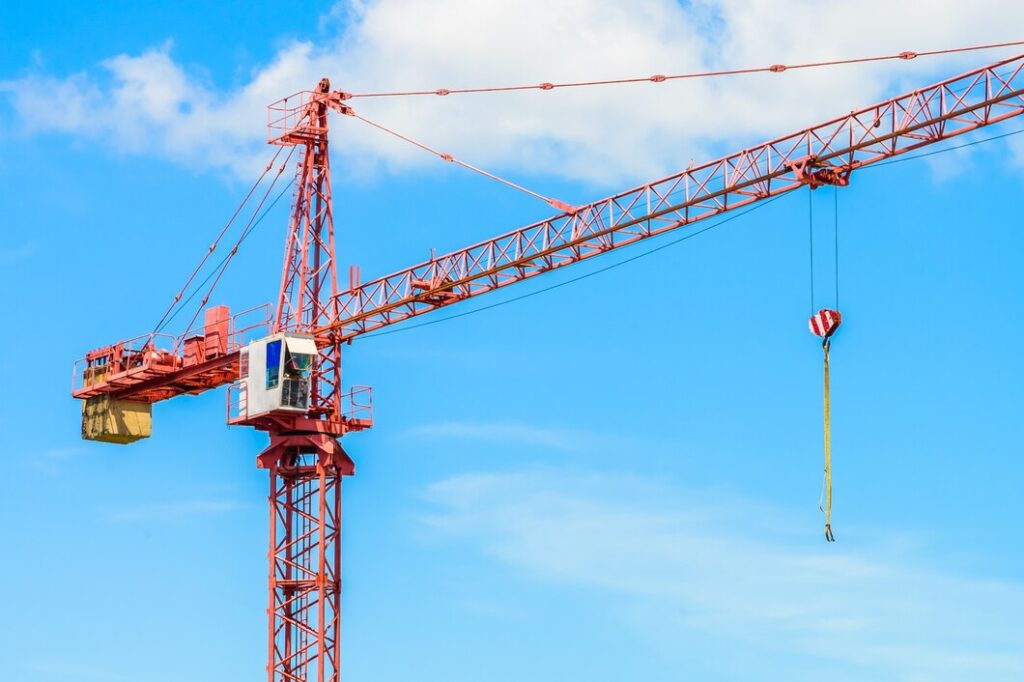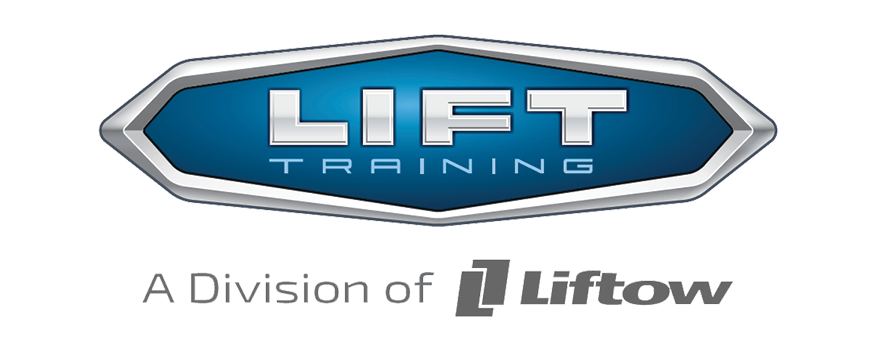
Rough Terrain (RT) cranes play a crucial role in many construction and industrial projects. Designed to operate on uneven and rugged surfaces, RT cranes are essential for lifting and transporting heavy loads in challenging environments. However, the unique conditions they work in mean that safety is always a top priority. Understanding the operations and safety essentials of RT cranes is vital for preventing accidents and ensuring smooth project execution.
Safety when using RT cranes starts well before the crane lifts its first load. Operators must be thoroughly trained and aware of the specific risks associated with rough terrain. From proper equipment checks to understanding the surrounding environment, numerous factors contribute to safe RT crane operation. Adequate preparation and a strong focus on safety can help avoid costly mistakes and injuries.
In this article, we will delve into the essential aspects of RT crane operations. We’ll look at the applications of these versatile machines, key safety practices, common hazards, and how to mitigate them, and the steps required to implement an effective safety training program for RT crane operators. Understanding these elements will equip you with the knowledge needed to maintain a safe and efficient worksite.
Overview of RT Cranes and Their Applications
Rough Terrain (RT) cranes are designed for off-road use and are capable of navigating uneven and rugged surfaces. These cranes are commonly used in construction sites, oil and gas fields, and industrial settings. The design of RT cranes typically includes large, heavy-duty rubber tires and a powerful engine, allowing them to operate in environments where other cranes cannot.
RT cranes are versatile and can perform a variety of lifting and transporting tasks. Their telescopic boom can be extended and retracted to reach different heights and distances, making them suitable for lifting heavy loads over obstacles. The cranes also have outriggers that can be extended for added stability during heavy lifts, ensuring the safety of both the operator and the surrounding work area.
These cranes are especially valuable in places without paved roads or where the terrain is extremely rough. Their ability to move between sites without the need for additional transport equipment increases their efficiency and reduces downtime. Understanding how to properly operate an RT crane and being aware of its specific applications can help maximize its potential while maintaining safety standards.
Key Safety Practices for RT Crane Operations
Ensuring safety during RT crane operations involves following a set of essential safety measures. Adhering to these practices can significantly reduce the risk of accidents and enhance the overall safety of the worksite.
- Perform Regular Inspections: Before operating an RT crane, conduct thorough inspections of the equipment. Check the tires, hydraulic systems, and other critical components to ensure they are in good working condition.
- Understand Load Limits: Always be aware of the crane’s load capacity and never exceed it. Overloading can cause the crane to tip over or fail, leading to serious accidents.
- Use Outriggers Correctly: Extend the outriggers fully and position them on stable ground to provide maximum stability. This is crucial for maintaining balance, especially during heavy lifts.
- Conduct Site Assessments: Evaluate the terrain where the crane will be operating. Identify any potential hazards such as soft ground, slopes, or obstacles that could affect the crane’s stability.
- Communicate Clearly: Use standard hand signals and communication devices to ensure clear communication between the crane operator and ground personnel. This helps prevent misunderstandings that could lead to accidents.
- Wear Appropriate Personal Protective Equipment (PPE): Operators and site workers should always wear the necessary PPE, including helmets, gloves, and safety boots, to protect themselves from potential hazards.
- Stay within the Operating Radius: Be mindful of the crane’s operating radius and ensure that there are no workers or obstacles within this area during lifts.
- Follow Manufacturer’s Guidelines: Adhere to the operating guidelines provided by the crane’s manufacturer. These guidelines are designed to optimize safety and performance.
By incorporating these key safety practices into daily operations, the risks associated with RT crane usage can be considerably minimized. This not only ensures the safety of the operators but also protects other workers and the environment.
Common Hazards and How to Mitigate Them
RT crane operations come with several hazards that operators must be aware of to maintain a safe work environment. By understanding these risks, operators can take proactive measures to prevent accidents and improve safety.
One common hazard is uneven terrain. Rough ground can cause the crane to become unstable, especially when lifting heavy loads. To mitigate this risk, always perform a site assessment before starting operations. Identify and address any ground inconsistencies by leveling the surface or using mats to stabilize the crane’s base.
Another risk involves weather conditions. Strong winds can affect the crane’s balance, making it challenging to control the boom and lift materials safely. Operators should monitor weather forecasts and avoid using the crane during high winds or adverse weather conditions. Additionally, ensure all personnel are aware of weather-related risks and procedures.
Electrical hazards are also a concern, particularly when operating near power lines. To avoid electrocution or crane damage, always maintain a safe distance from electrical lines. Use spotters if visibility is an issue and make sure the crane’s boom and load do not come into contact with live wires.
Implementing regular equipment inspections can prevent mechanical failures. Check hydraulic systems, brakes, and other critical components for wear and tear. Address any issues immediately to avoid malfunctions during operation.
By identifying these common hazards and taking appropriate steps to mitigate them, we can enhance safety and reduce the risk of accidents in RT crane operations.
Implementing a Safety Training Program for RT Operators
Creating a safety training program for RT crane operators is essential for ensuring proper use and minimizing risks. A well-structured training program equips operators with the knowledge and skills needed to handle RT cranes safely.
- Assess Training Needs: Begin by identifying the specific needs of your operators and the work environment. Consider the types of tasks the crane will perform and any unique challenges posed by the terrain.
- Develop a Comprehensive Curriculum: Create a detailed training curriculum that includes both theoretical and practical components. Focus on safety practices, equipment operation, hazard identification, and emergency procedures.
- Select Qualified Trainers: Ensure that trainers have extensive experience and certification in RT crane operations. They should be able to provide both classroom instruction and hands-on training.
- Conduct Practical Training Sessions: Provide operators with the opportunity to practice in a controlled environment. Allow them to operate the crane under the supervision of experienced trainers to reinforce their skills.
- Evaluate Operator Competency: Assess operators through written tests and practical evaluations. This helps ensure they understand safety protocols and can operate the crane safely.
- Provide Ongoing Training: Safety and operational procedures can change, so regular refresher courses are important. Keep operators updated on the latest safety standards and best practices.
- Maintain Training Records: Keep detailed records of all training sessions, assessments, and certifications. This helps track progress and ensures compliance with industry standards.
By following these steps, we can implement an effective safety training program that enhances the skills of RT crane operators and promotes a safer work environment.
Conclusion
Rough Terrain (RT) cranes are invaluable in various industrial and construction settings due to their ability to navigate challenging surfaces and perform heavy lifting tasks. Understanding the safety essentials of RT crane operations is key to preventing accidents and ensuring efficient project execution. From regular equipment inspections and comprehending load limits to maintaining clear communication with ground personnel, every safety measure plays a crucial role.
Identifying common hazards like uneven terrain, adverse weather, and electrical risks is essential. Mitigating these risks requires proactive measures, including proper site assessments and consistent equipment checks. Implementing a comprehensive safety training program ensures that operators are well-prepared to handle the cranes correctly and safely.
At LIFT Training, we specialize in providing extensive forklift and crane safety training programs tailored to Canadian corporate clients. Our in-person and online options ensure your team receives the best training possible. Contact LIFT Training today to enhance your warehouse safety with expert RT crane training solutions.
